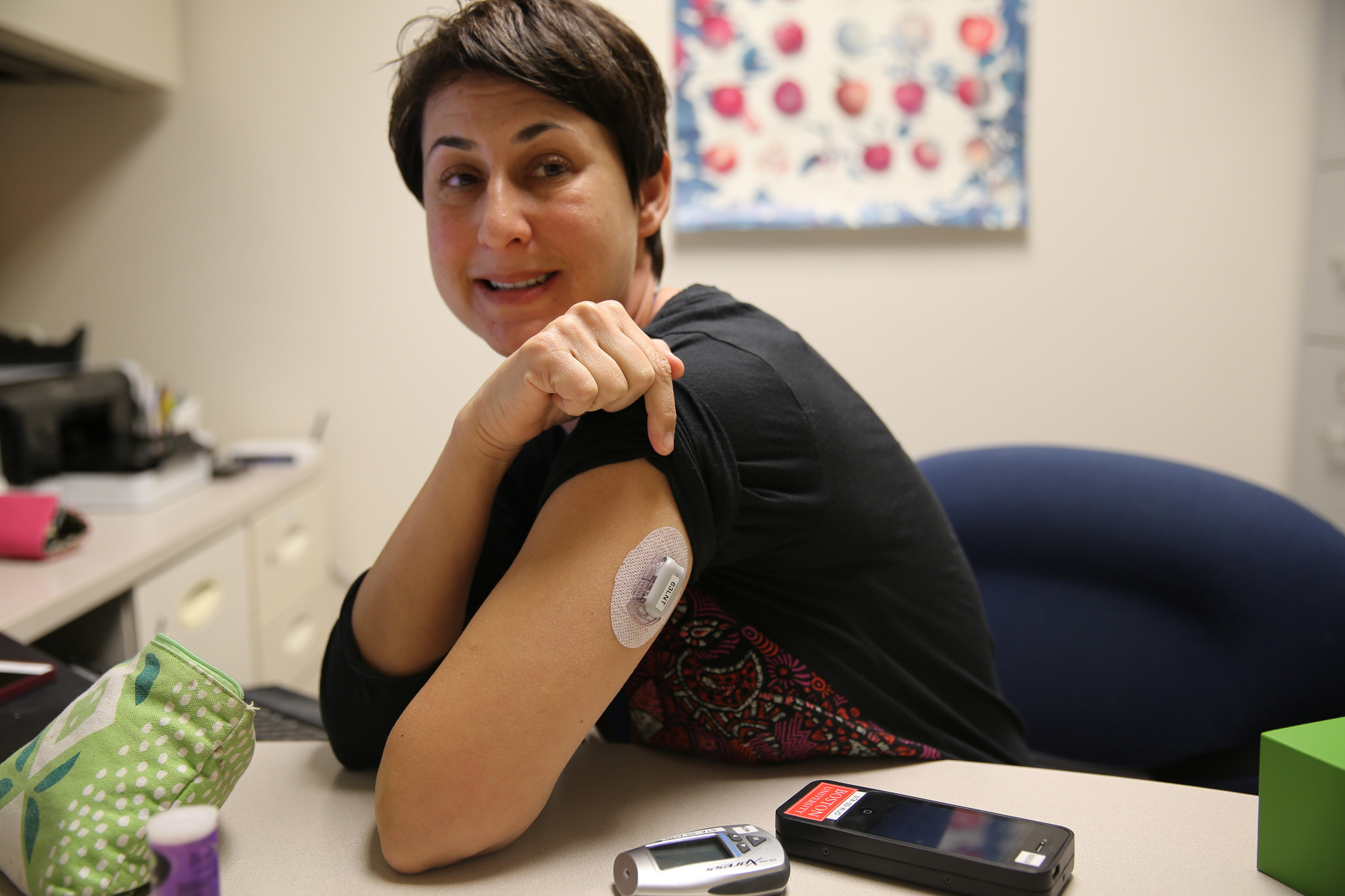Algorithms are boring until your life depends on them. People with Type 1 diabetes use algorithms all day long. They perform mental calculations to manage their blood-sugar levels, which are measured by hand with a finger prick, or with a wearable sensor that fits under the skin. If they stray too far from baseline, the consequences can range from exhaustion and depression, to coma and death.
Usually when humans are doing something for which a computer would be much superior, such as performing calculations, a company will jump in and automate it. Algorithms for managing diabetes are no different. Any competent programmer with access to either long-term or real-time glucose and insulin data could start creating customized apps and tools that make life easier for people with diabetes.
But that’s the problem: the data isn’t readily accessible. That’s why digital health activists like Dana Lewis, who has type 1 diabetes, are hacking into medical devices, to create tools that manufacturers won’t.
“Most people don’t understand that medical device technology is about ten years behind everything else,” Lewis, a Seattle-based data analyst, told me over Skype. “It’s very frustrating to not get your data from your body out of the device.”

The first time Lewis, who is 27, hacked into her Continuous Glucose Monitor (CGM), a small device that attaches to her body and reads her blood-sugar level every five minutes, all she wanted was to make it louder. The device beeps a warning if her glucose falls or climbs too steeply. She can either increase or decrease her insulin intake with an insulin pump. But Lewis found that she was sleeping through the alarm at night, and the consequences of not waking up in time left her feeling terrible in the morning.
Read More – Source: This Diabetes Activist Hacked Her Medical Device and Made an Artificial Pancreas | Motherboard